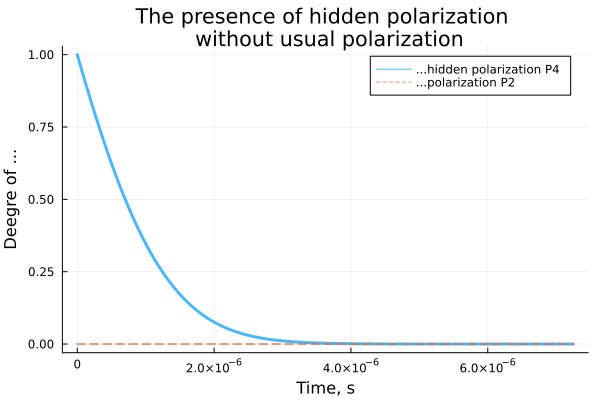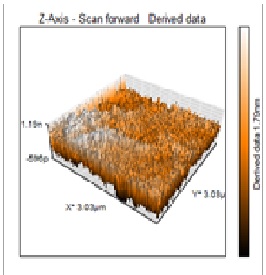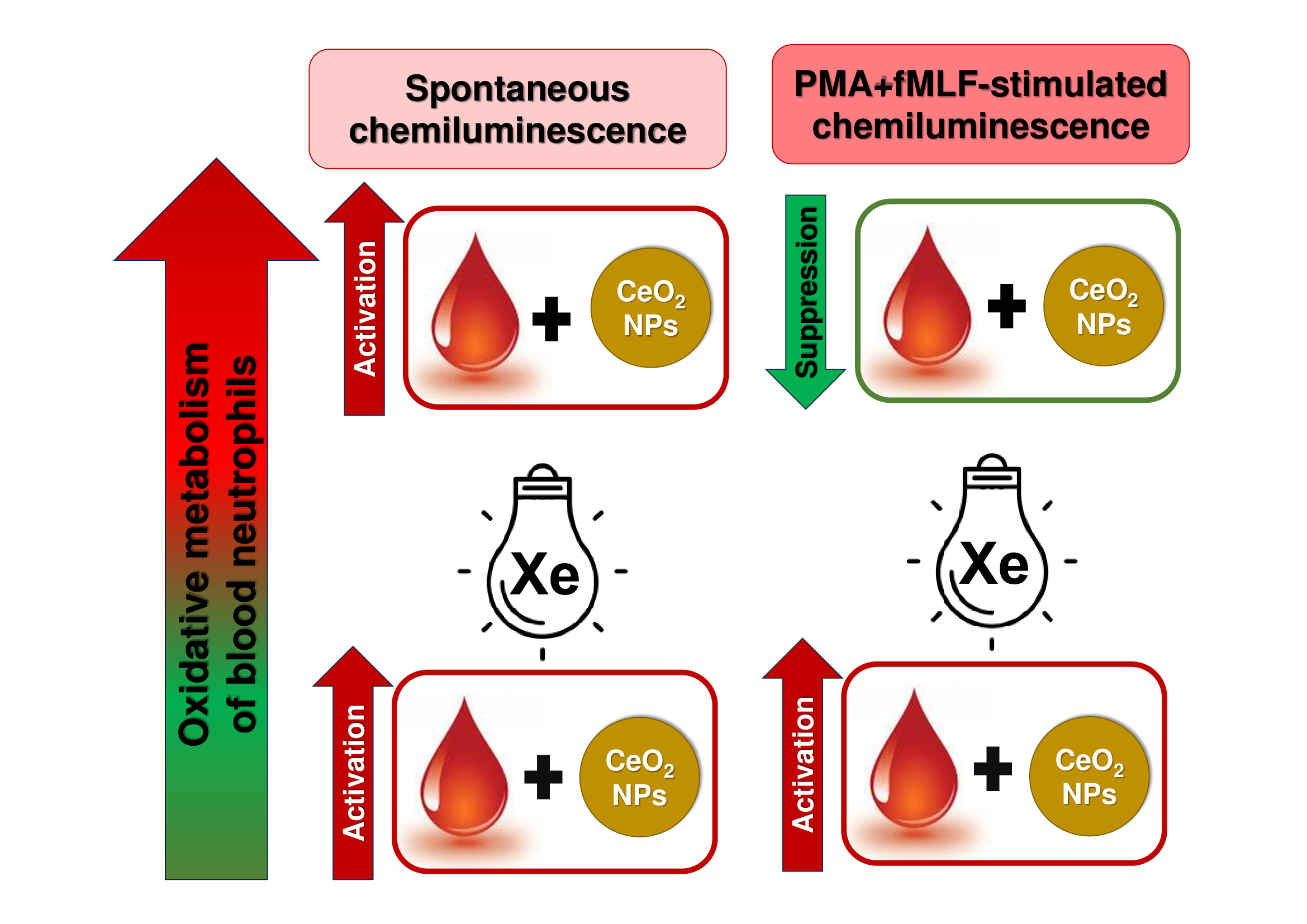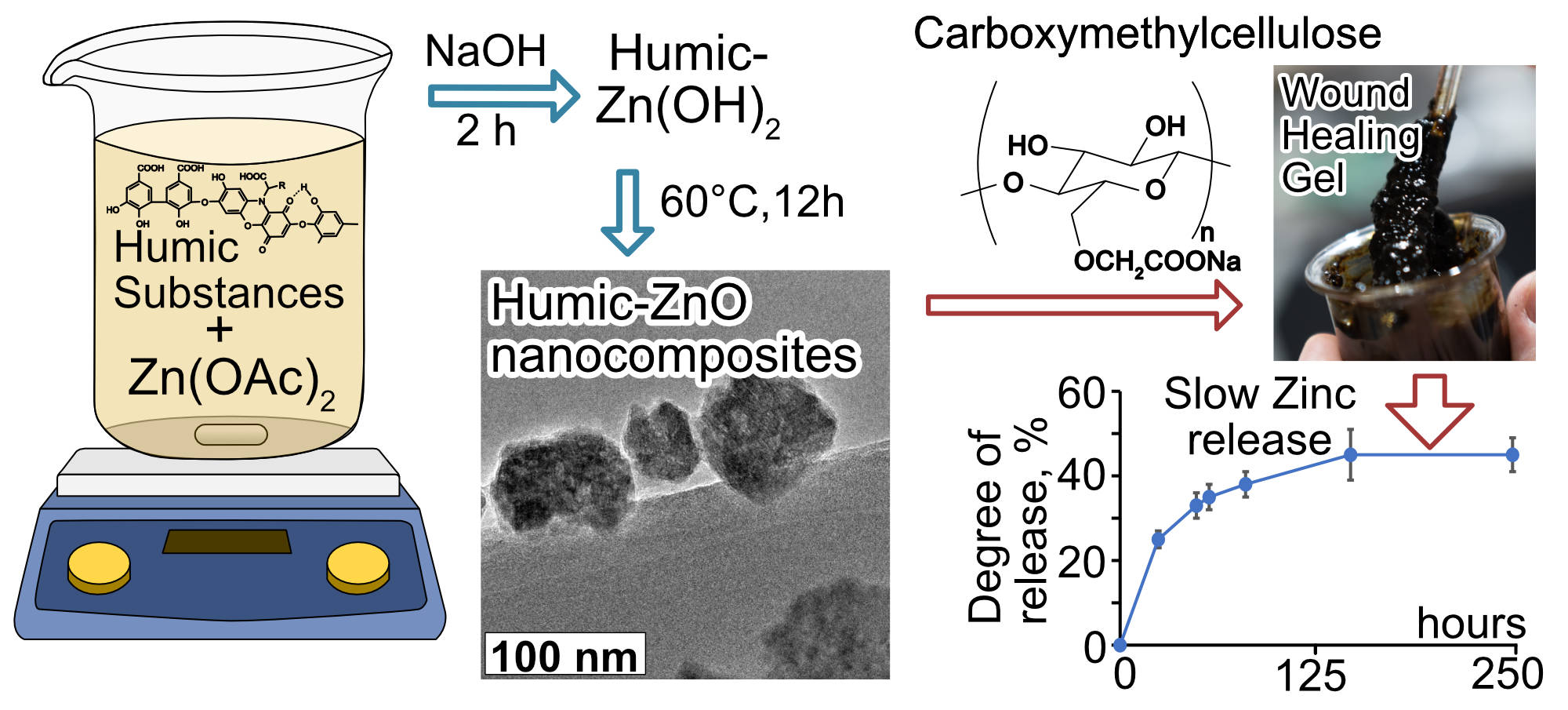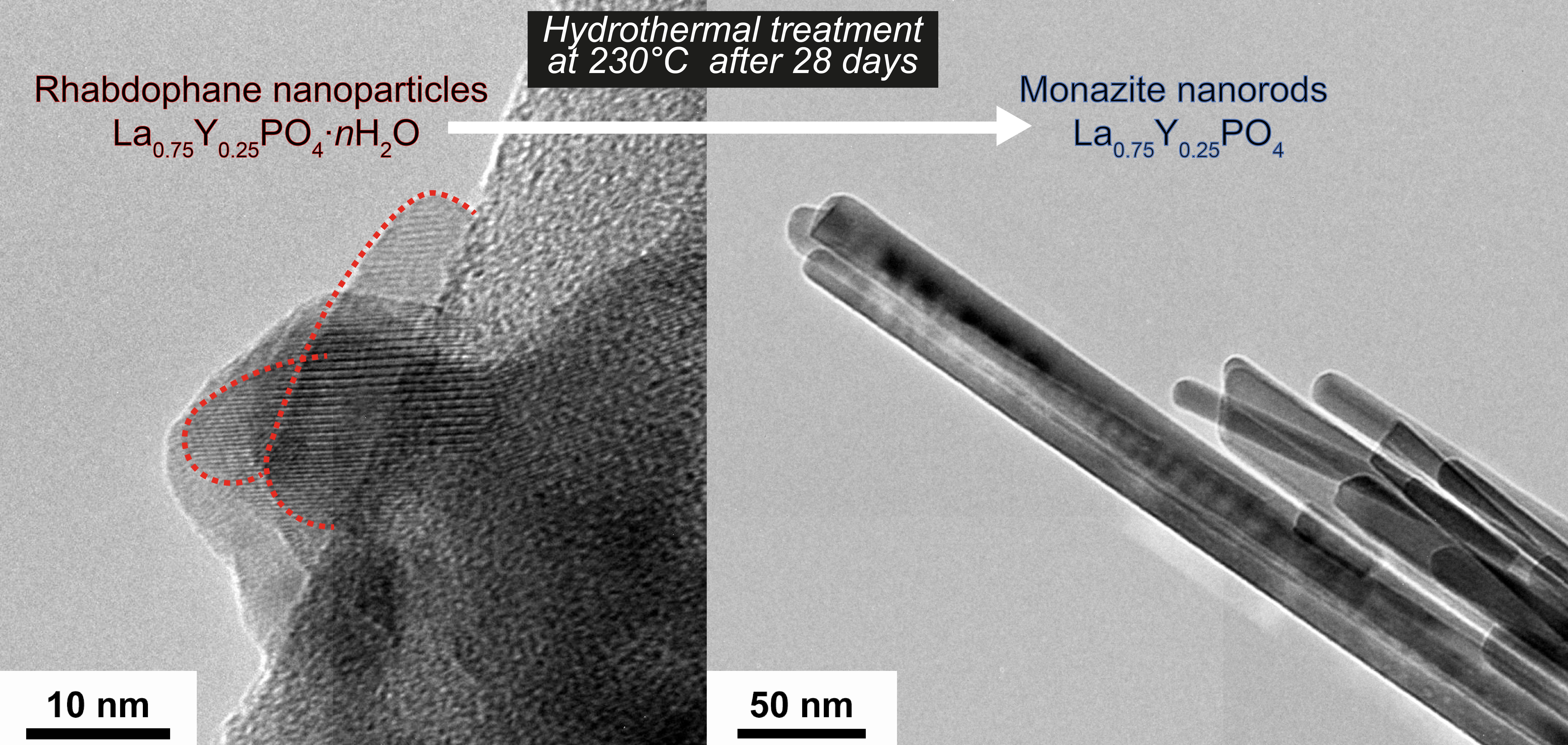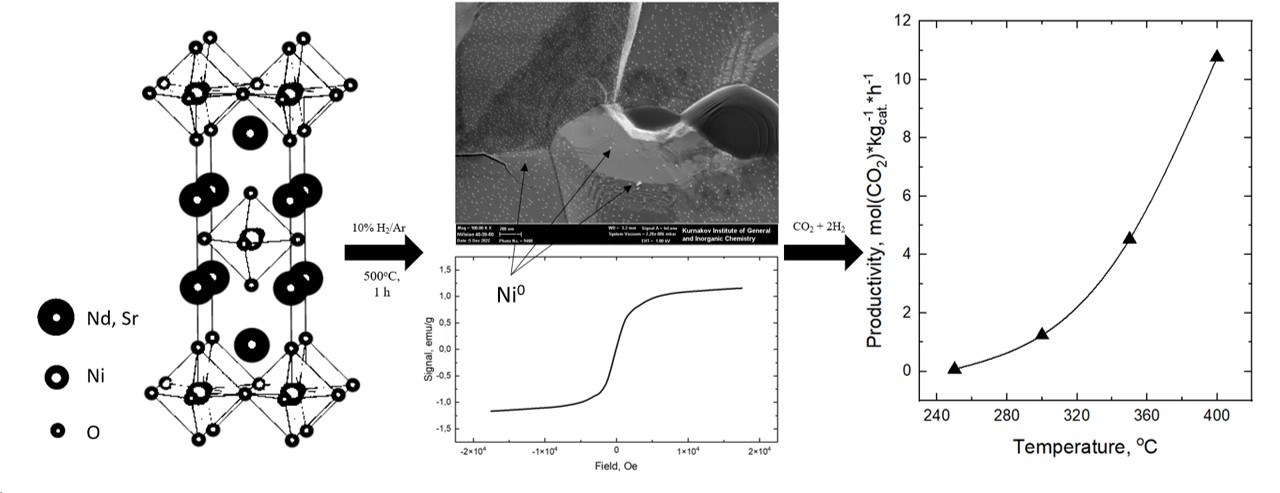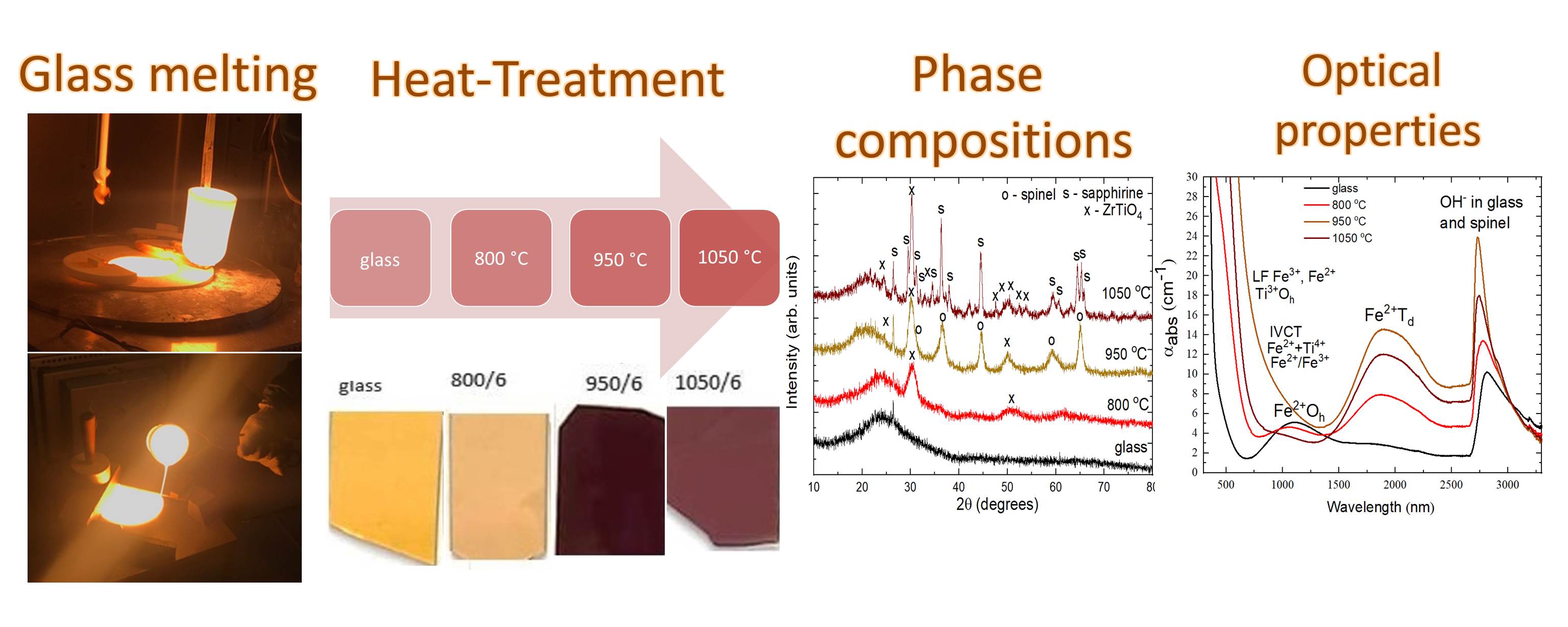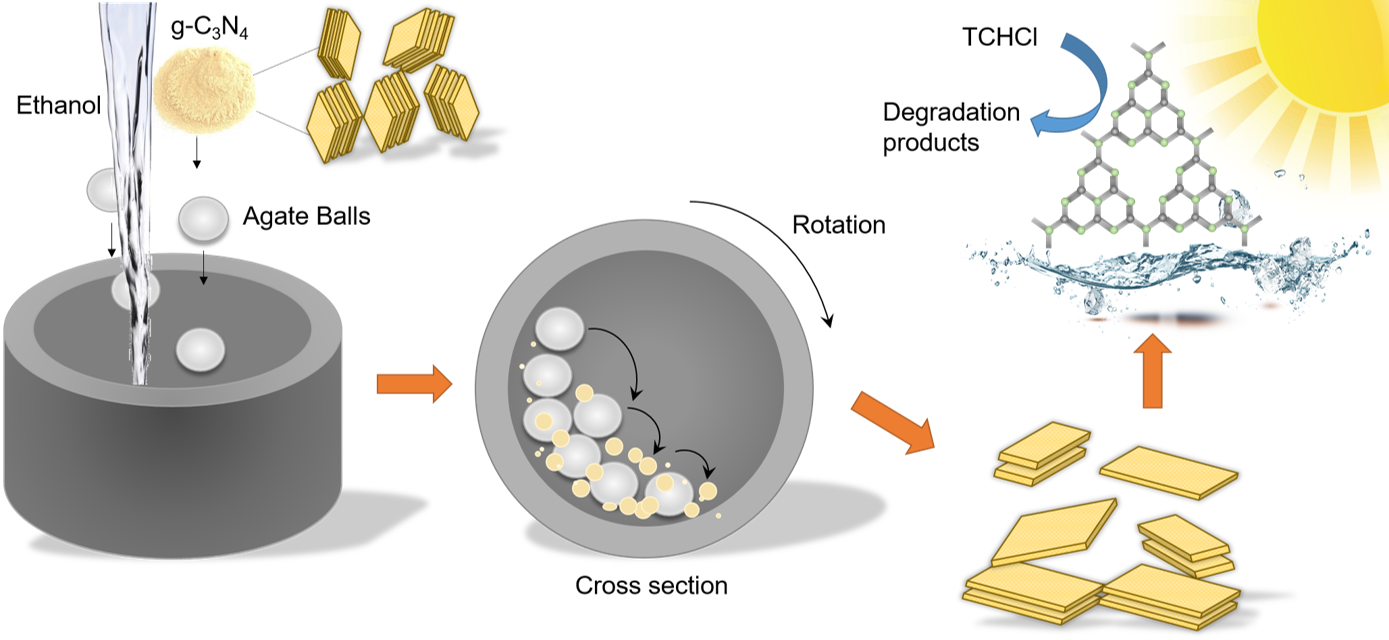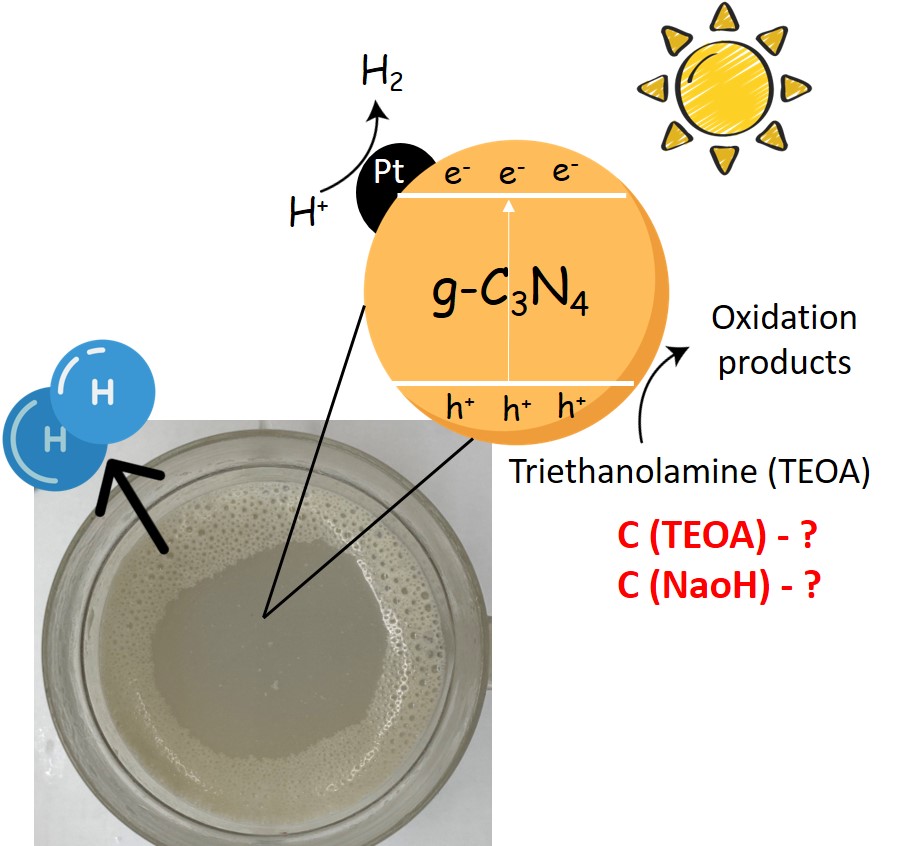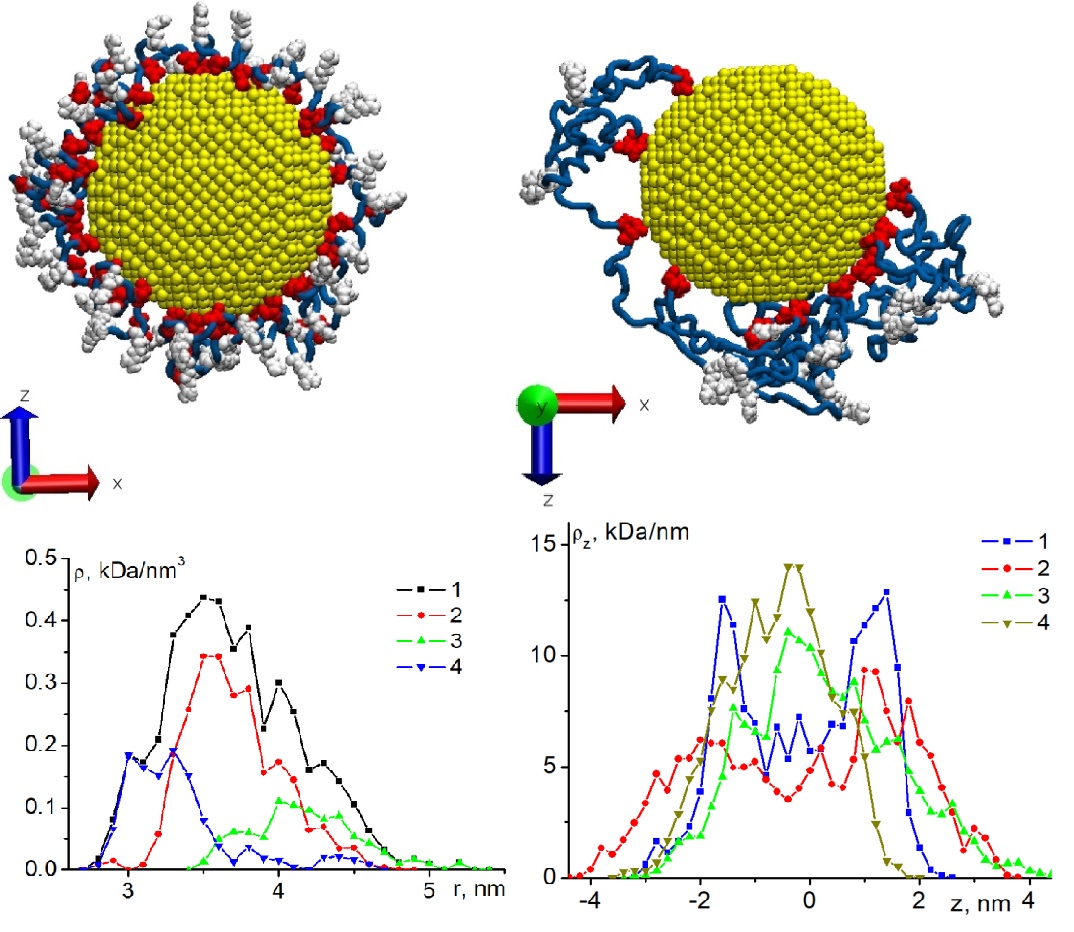MATHEMATICS
Some approaches to machine learning (ML) such as Boltzmann machines (BM) can be reformulated as energy based models, which are famous for being trained by minimization of free energy. In the standard contrastive divergence (CD) learning the model parameters optimization is driven by competition of relaxation forces appearing in the target system and the model one. It is tempting to implement a physical device having natural relaxation dynamics matching minimization of the loss function of the ML model. In the article, we propose a general approach for the design of such devices. We systematically reduce the BM, the restricted BM and BM for classification problems to energy based models. For each model we describe a device capable of learning model parameters by relaxation. We compare simulated dynamics of the models using CD, Monte-Carlo method and Langevin dynamics. Benchmarks of the proposed devices on generation and classification of hand-written digits from MNIST dataset are provided.
PHYSICS
In this work, we explore the master equation governing open quantum systems dynamics in an alternative form, which preserves the normal-ordered representation of the averaged normal-ordered operators. We derive a linear system of differential equations for the fourth-order moments of corresponding bosonic operators. Polarization moments of the first and the second orders are investigated using plane rotation transformation. We also evaluate the dynamics of the hidden polarization in comparison with the dynamics of usual polarization within open quantum dynamics.
MoS2 nanostructures were prepared using the hydrothermal method by reacting ammonium heptamolybdate tetrahydrate ((NH4)6Mo7O244H2O) with citric acid monohydrate (C6H8O7H2O) in distilled water with the presence of sodium sulfide (Na2S). The surface structure studies of MoS2 showed that the size of the surface clusters of the studied tablet is of the order of 50 – 100 nm. Using measurements (Zetasizer Nano Series), we found that the particle sizes ranged from 150 – 350 nm. Alternating current (LCR) measurements were made for (tablet-MoS2) under a constant temperature T = 10 0C. Measurements of the parallel electrical capacitance (Cp) in terms of frequency (F) of tablet-Mo2S showed a sharp drop in the value of the electrical capacitance (Cp) with an increase in frequency within the range 20 Hz – 16 kHz. It is shown that the series capacitance increased with the increase of the applied potential.
CHEMISTRY AND MATERIALS SCIENCE
The effect of CeO2 nanoparticles on the oxidative activity of neutrophils under UV irradiation with a pulsed broadband UV source (210 mJ/cm2) was analyzed. The effects of citrate-stabilized CeO2 sol on spontaneous and stimulated by phorbol-12-myristate-13-acetate (PMA) and N-formylmethionyl-leucyl-phenylalanine (fMLP) luminol-dependent chemiluminescence of neutrophils were evaluated. The activating effect of CeO2 nanoparticles on the spontaneous and suppressive effect on the stimulated chemiluminescence of blood neutrophils from apparently healthy donors was shown, with the most pronounced activating effect of CeO2 nanoparticles revealed in the blood sample with initially high radical-producing cell activity. Under UV irradiation of blood at a dose of 210 mJ/cm2 CeO2 nanoparticles enhance both spontaneous and stimulated radical-producing function of neutrophils. Probably, the suppressive and activating effects of citrate-stabilised cerium dioxide sol may be due to the antioxidant activity of CeO2 nanoparticles with respect to hypochlorite ions and prooxidant activity with respect to hydrogen peroxide.
The study is focused on characterization of humic zinc oxide nanocomposites and their potential application in wound healing as antibacterial agent. Zinc oxide nanoparticles were synthesized with varying concentrations of humic substances (HS) and analyzed using PXRD, TEM, SEM and UV-Vis techniques. The nanoparticle sizes based on the PXRD data decreased ranged from 50 to 15 nm along with an increase in humic ligand concentration. TEM images revealed that the star-shaped aggregates of 200–500 nm ZnO particles were formed in the absence of HS, whereas the presence of humic ligands led to shapeless smaller particles ranging from 20 to 200 nm. UV-Vis spectra showed increasing of zinc oxide band gap caused with an rise of HS concentration. The band gap of ZnO nanoparticles increased from 3.19 eV to 3.40 eV as the concentration of HS increased up to 15 g/L. The synthesized ZnO-HS nanocomposites were used for filling in the hydrogels of carboxymethylcellulose (CMC). The release studies of zinc ions from the gel into different buffers were conducted to imitate wound conditions. The measurements of Zn concentrations over time in buffer showed a gradual release over time making these gels potentially suitable for long-term wound treatment.
Structural transformations of nanocrystals in the LaPO4–YPO4–(H2O) oxide system were investigated under hydrothermal conditions at 230C, depending on isothermal holding times (2 hours, 7 days and 28 days). It was shown that before hydrothermal processing, phases crystallize in the system with rhabdophane structures La1-xYxPO4 nH2O (0 x 0:80) and xenotime YPO4. It has been determined that increasing the duration of isothermal treatment under hydrothermal conditions leads to the transformation of the rhabdophane phase into phases with monazite and equilibrium xenotime structures, with an intermediate crystallization of the metastable monazite phase. It is noted that only after 28 days of hydrothermal treatment at 230C, the system approaches the equilibrium composition of the phases with monazite structures La0:97Y0:03PO4 (with crystal sizes of 18–50 nm) and xenotime YPO4 (with crystal sizes of 45–90 nm). In a single-phase sample with a monazite structure La0:75Y0:25PO4, the average crystal size remains unchanged at around 20 nm after 2 hours, 7 days and 28 days of hydrothermal treatment at 230C.
A thermal reduction of Nd2-xSrxNiO4 (x = 0–1.4) solid solutions in an Ar/H2 gas mixture occurs in several separate stages. The initial stages of reduction presumably related to the reduction of Ni3+ to Ni2+ cause only minor changes in the initial K2NiF4 type structure and retain the morphology of the complex oxide particles. Occasionally, this process is accompanied by the appearance of Ni metal nanoparticles at the surface of oxide grains. As-obtained Ni/metal oxide nanocomposites similar to the products of redox exsolution demonstrate noticeable catalytic activity in the reaction of CO2 hydrogenation at T = 350–400C.
This study presents Ce–Fe–O systems supported on -Al2O3 or SiO2 to enhance the reactivity of an oxygen-deficient CeFeO3 perovskite phase, which are promising catalysts for the production of fuels and chemicals from CO2 as feedstock. The synthesis was carried out by the glycine-nitrate solution combustion method at various fuel-to-oxidizer ratios, and with or without the addition of ammonium nitrate. The obtained composites were characterized by XRD, SEM, EDX, N2-physisorption, H2-TPR, and CO2-TPD to study the relationship of physicochemical properties with catalytic CO2 hydrogenation (rWGS) activity. -Al2O3 was found to be a more suitable support than SiO2 due to its ability to form a higher content of the perovskite phase, significantly reduce the size of CeFeO3 crystallites, and increase oxygen defectiveness and CO2 adsorption capacity. Combustion in the presence of silica results in the binding of most of cerium into a silicate phase, which is inactive for rWGS.
Transparent glass-ceramics of magnesium aluminosilicate system based on Fe2+:MgAl2O4 spinel nanocrystals nucleated by a mixture of TiO2 and ZrO2 and doped with 0.6 mol% FeO were developed. The glass was melted at 1580 C with stirring and heat-treated in the temperature range from 800 to 1300 C. The structure and spectroscopic properties of the glass and glass-ceramics were studied by DSC and XRD methods, Raman and absorption spectroscopy. ZrTiO4 nanocrystals 6 nm in size precipitate during the nucleation heat-treatment at 800 C. Spinel nanocrystals 9–14 nm in size are formed during heat-treatments at 850– 1000 C. Intense absorption at 2 m is observed due to Fe2+ ions in tetrahedral positions in these crystals. Iron-doped sapphirine crystallization in transparent glass-ceramics at 1000–1050 C results in a decrease of absorption in this spectral range. The glass-ceramics are important for the development of saturable absorbers for the spectral range of 2–3 m.
Photosensitive nanocrystalline SnS films with a size of coherent X-ray scattering regions of about 30 nm were obtained by chemical bath deposition. It has been demonstrated that the deposition time affects significantly both microstructure and thickness of the film as well as the size of the particles’ agglomerates forming the film. The current sensitivity of the obtained films was studied. All synthesized films, regardless of the duration of synthesis, reveal p-type conductivity due to Sn vacancies. Atomic force microscopy measurements and fractal approach provide a detailed description of the processes occurring during film formation. The characteristics of the fabricated SnS films are potentially useful for design of advanced absorbing layers within thin film solar cells.
The burgeoning interest in two-dimensional materials derived from graphite carbon nitride (g-C3N4) stems from its non-toxicity, exceptional charge carrier mobility, and UV-vis absorption capabilities. Crucially, g-C3N4’s performance hinges on its specific surface area. We investigate how planetary grinding impacts the crystal and electronic structures of g-C3N4 nanocrystals. Six samples, subjected to varying durations of mechanical treatment, underwent comprehensive characterization using a complex of physico-chemical methods. Notably, planetary grinding substantially increases the specific surface area of g-C3N4 nanocrystals while preserving their electronic structure. Furthermore, we assessed the photocatalytic performance of these samples in decomposing antibiotics under visible light. The nanocrystalline powder with an enhanced specific surface area demonstrated a remarkable efficiency in tetracycline hydrochloride decomposition. In summary, our study highlights the potential of planetary grinding as a means to augment g-C3N4’s specific surface area, positioning it as a promising platform for the development of contemporary, eco-friendly photocatalysts.
In this work, the dependences of the rate of photocatalytic hydrogen evolution under visible light irradiation on the concentration of triethanolamine and sodium hydroxide for 0.1 wt.% Pt/g-C3N4 photocatalyst were studied. The kinetic dependences of the reaction rate versus substrate initial concentration described by the Langmuir–Hinshelwood monomolecular model. Optimal initial conditions for highly efficient hydrogen evolution have been studied. It is shown that under such conditions the catalyst is a stable material in long-term experiments. The maximum rate of hydrogen evolution was 7.2 mmolg-1h-1.
Using molecular dynamics, the rearrangement of the conformational structure of polyampholytes on the surface of a gold oblate nanospheroid in an alternating electric field was studied depending on the value of its total charge. On the surface of the nanospheroid, at its high total charge and at small amplitude of the alternating electric field strength vector, polyampholyte loops stretched over the entire surface of the nanospheroid. With an increase in the amplitude of the electric field in the equatorial region of the nanospheroid, an annular polyampholytic fringe was formed, ordered by the types of links depending on the distance to the polarization axis of the nanoparticle. In the case of high simulation temperature, the shape of the annular fringe changed twice over a period: in one case, ordering according to the types of links along the polarization axis of the nanospheroid, and in the other case, perpendicular to it.
ISSN 2305-7971 (Online)




